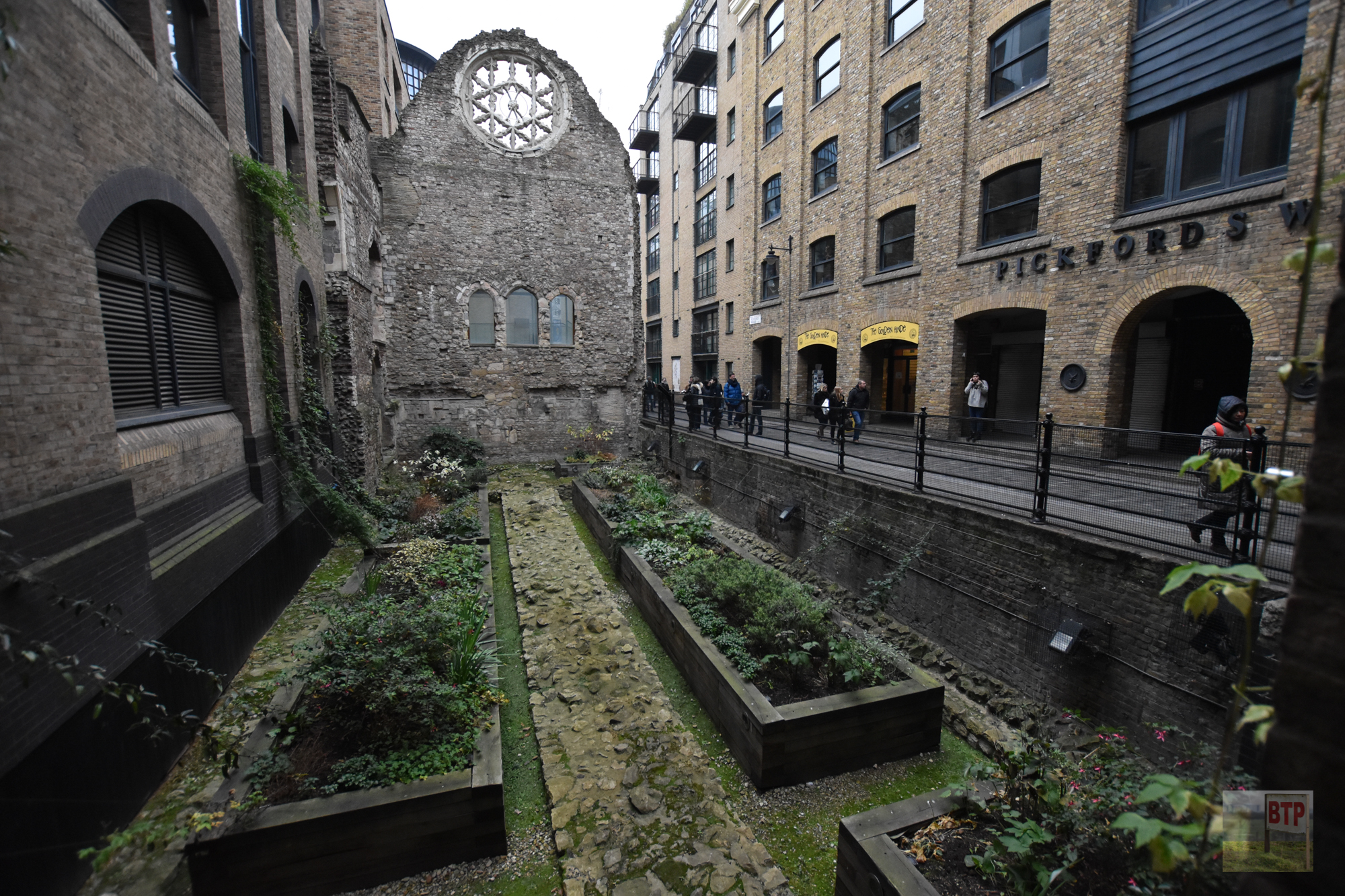
Winchester Palace was built in the 12th-century and served as the London townhouse for the Bishops of Winchester. The Bishop of Winchester was a major landowner in Southwark, in Surrey, and he traditionally served as the King’s Royal Treasurer, performing the function of the modern Chancellor of the Exchequer and therefore had to frequently meet with the King and other bishops at both Westminster and the Tower of London.
The city of Winchester had been the capital of the Saxon kings of England and rather than change that, Henry of Blois wanted a comfortable, high-end London residence like so many of the other bishops, including the notable Lambeth Palace which is the current residence of the Archbishop of Canterbury. Winchester Palace was selected and the site contained many luxuries such as a tennis court and bowling alley; prison, brewery and even a butchers. Below the surface was a grand cellar, richly decorated and linked to a wharf along the River Thames for unloading supplies. Royal visitors were entertained at the palace, including King James I of Scotland on his wedding to Joan Beaufort in 1424.
The palace was in use until the 17th century, when it was divided into residential and commercial space although in 1814 the site was largely destroyed by a fire. Part of the great hall (pictured left), and the west gable end with its rose window became more visible after another fire in the 1800’s and redevelopment in the 1900’s. It’s thought that the great hall was built in about 1136 making it around 680 years old. The hall was enlarged and the rose window built in the 14th century.

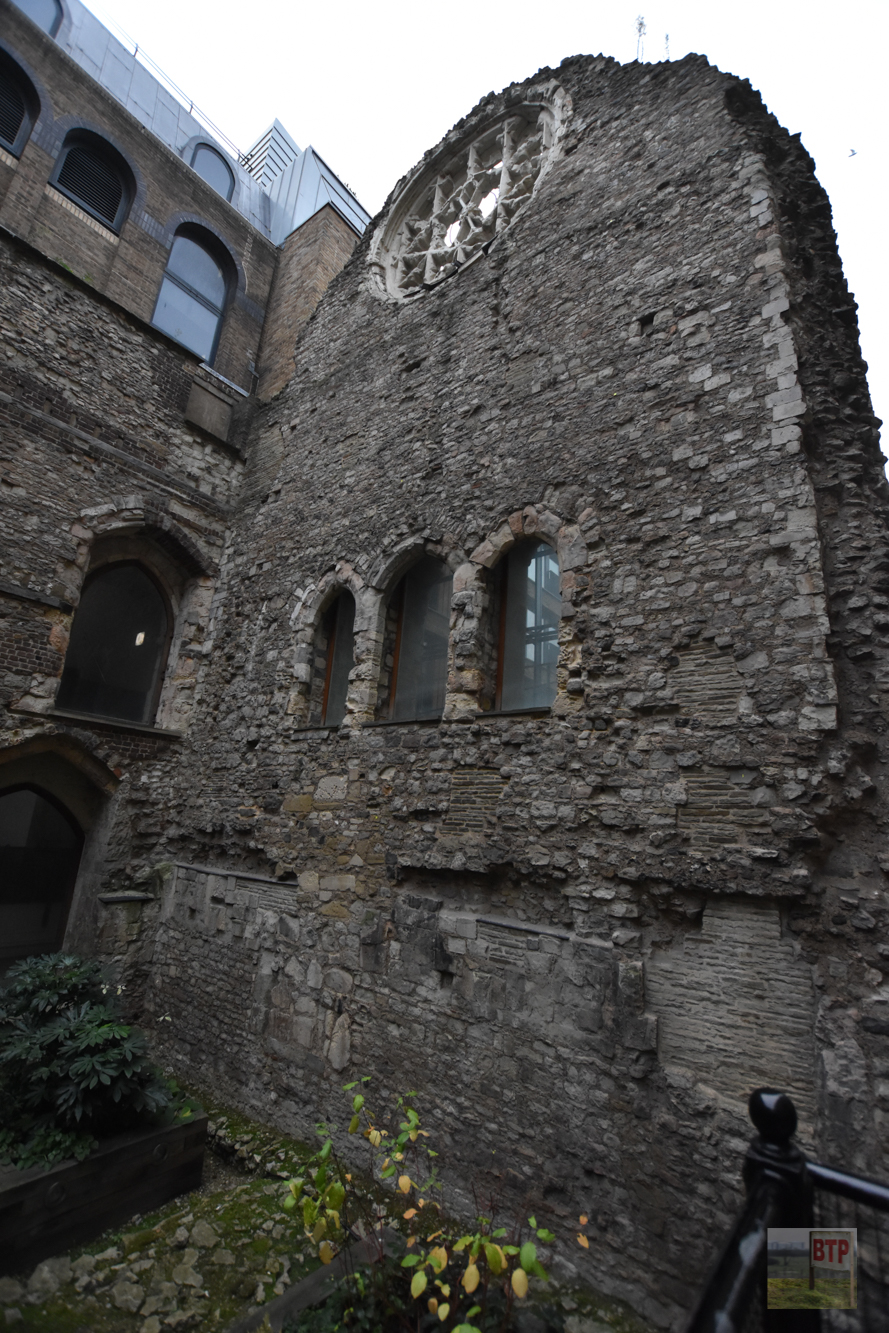
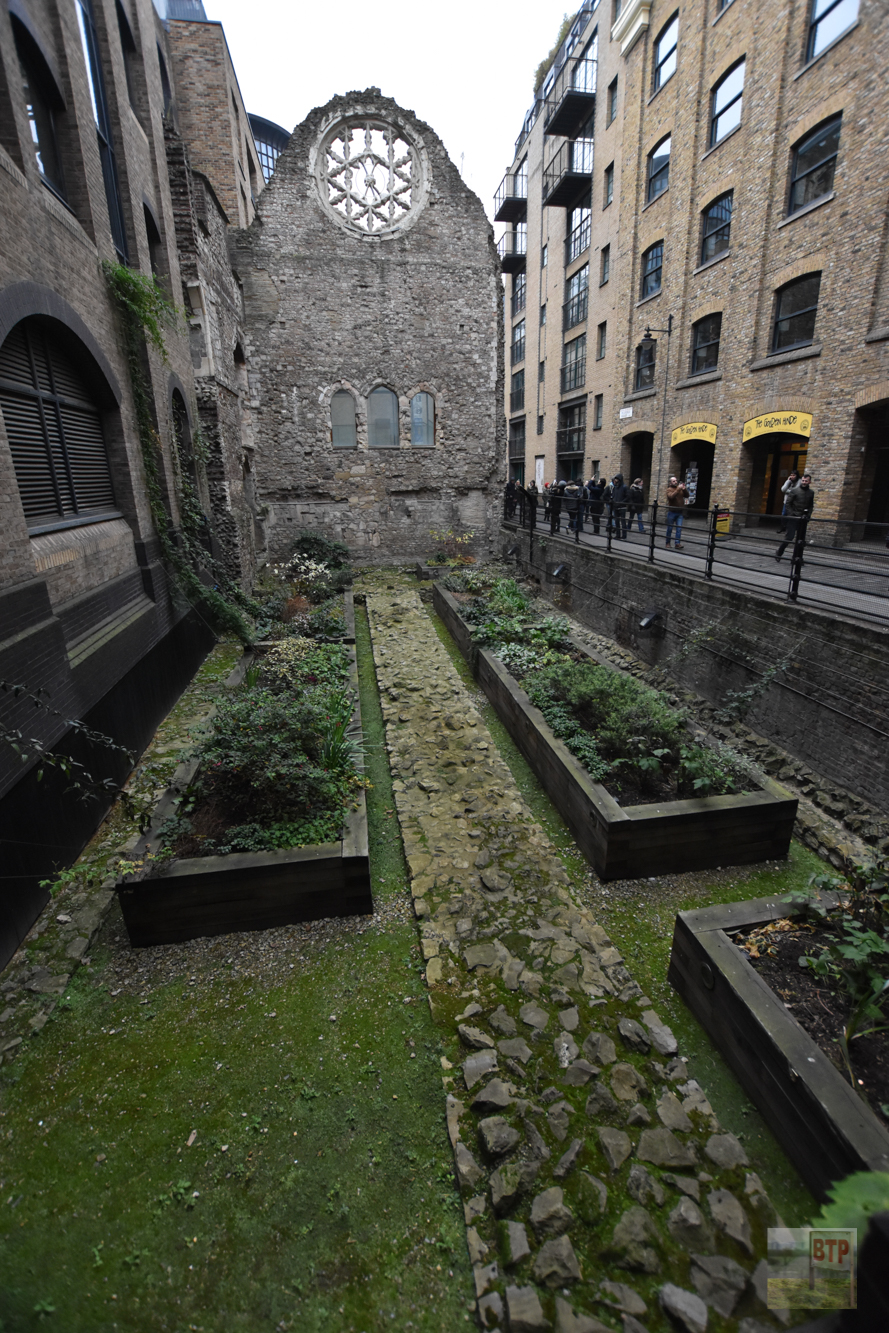
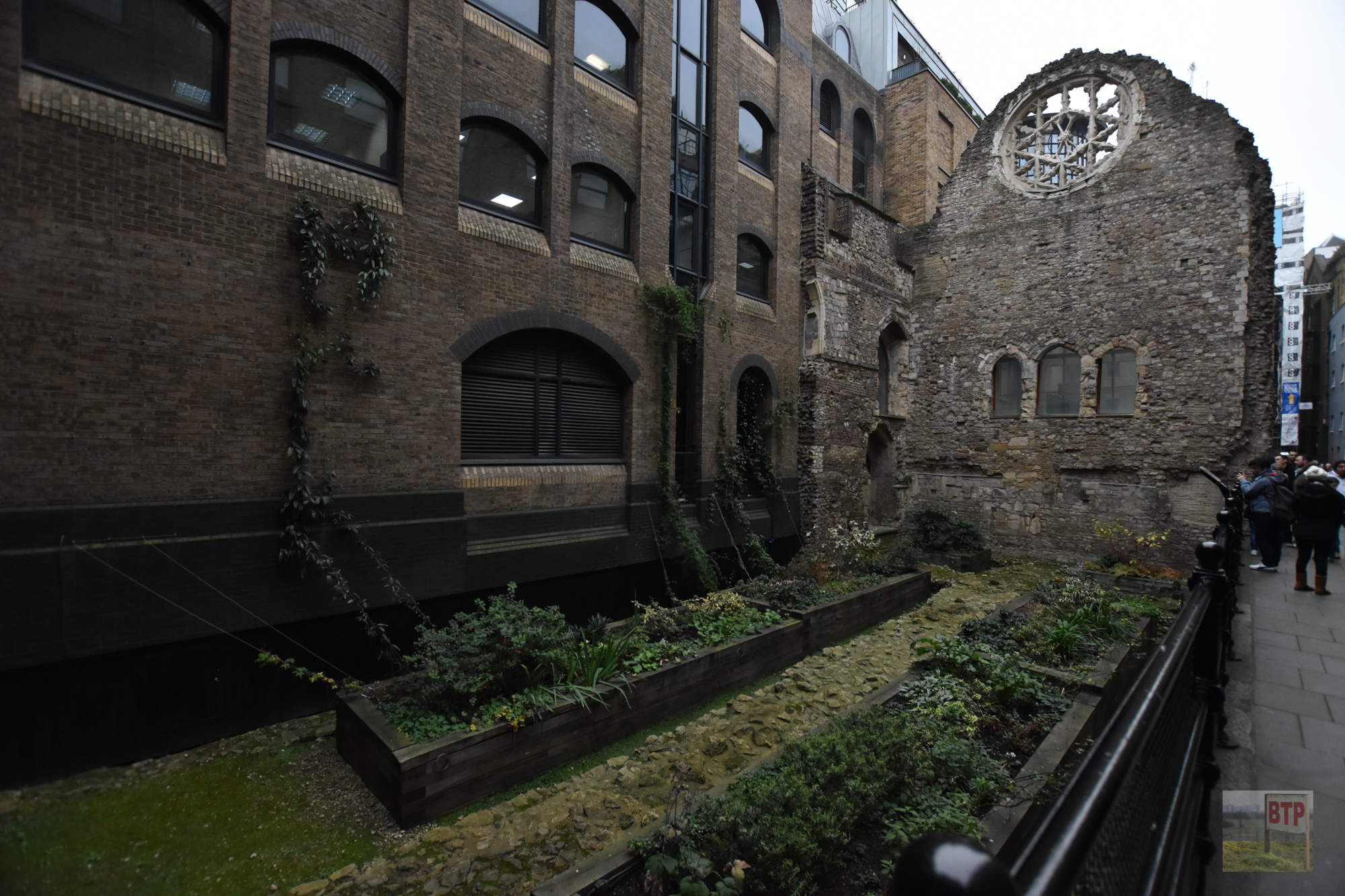
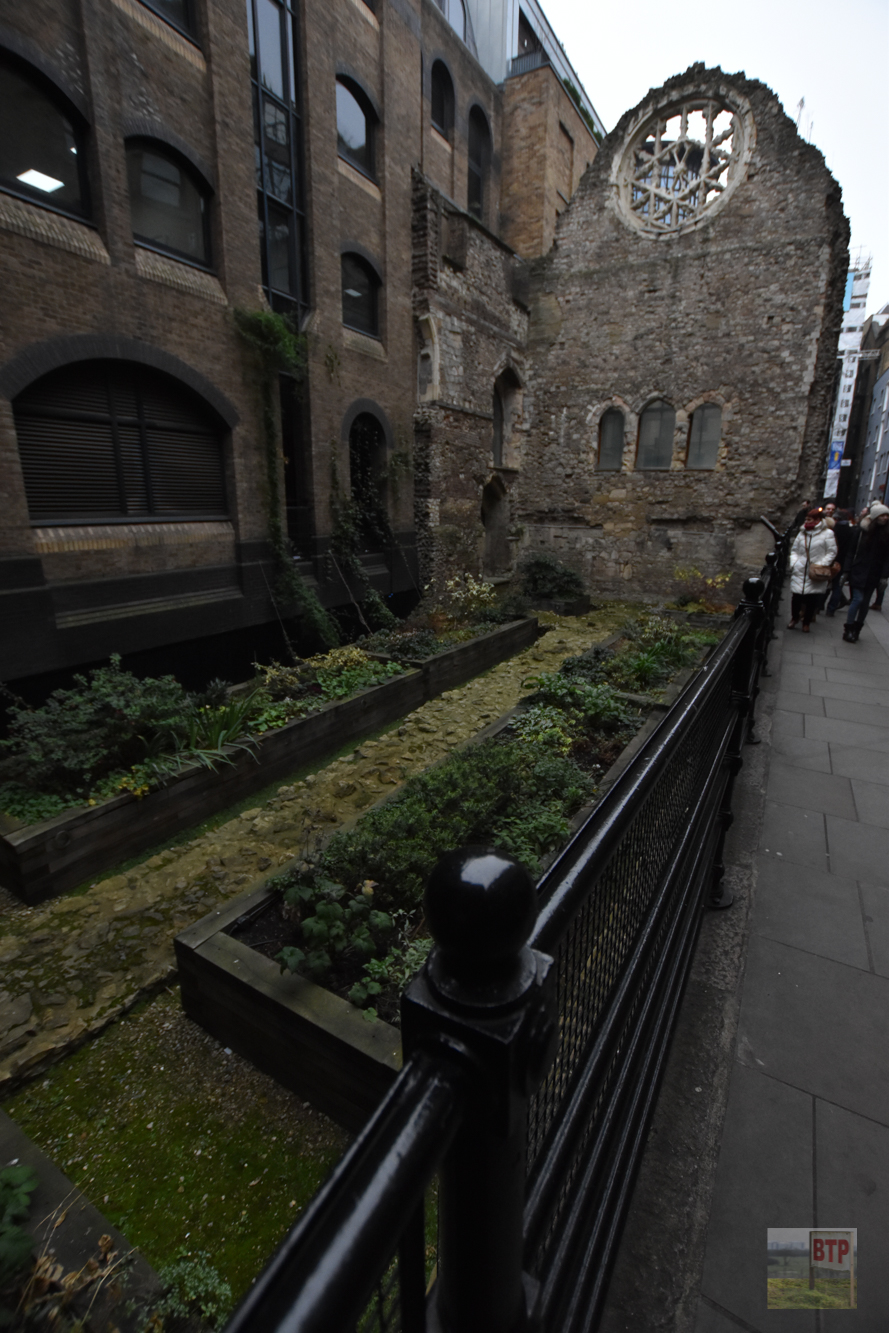
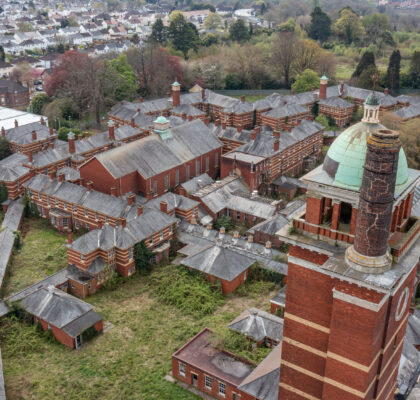
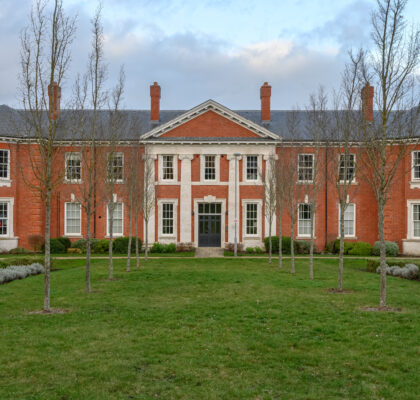
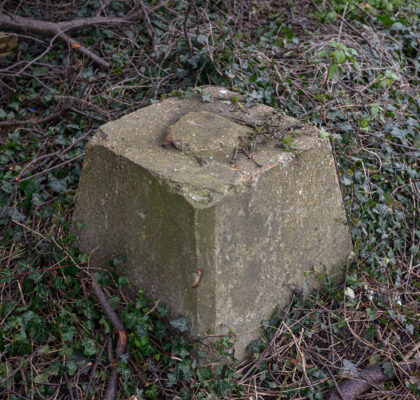
Your pictures are stunning and the article very interesting. I didn’t even know that there were remains of Winchester Palace in London. I will definitely go and see them for myself.